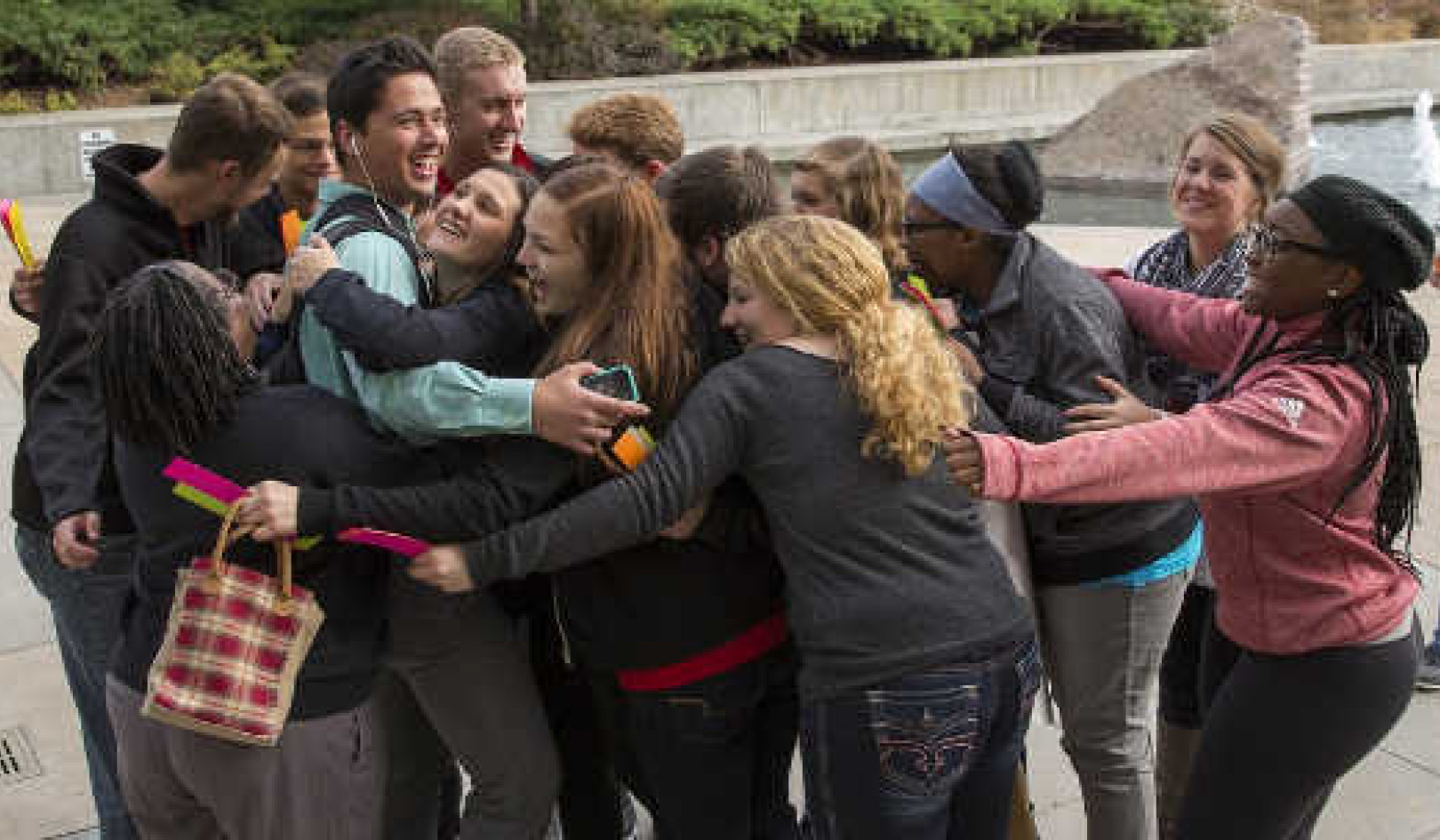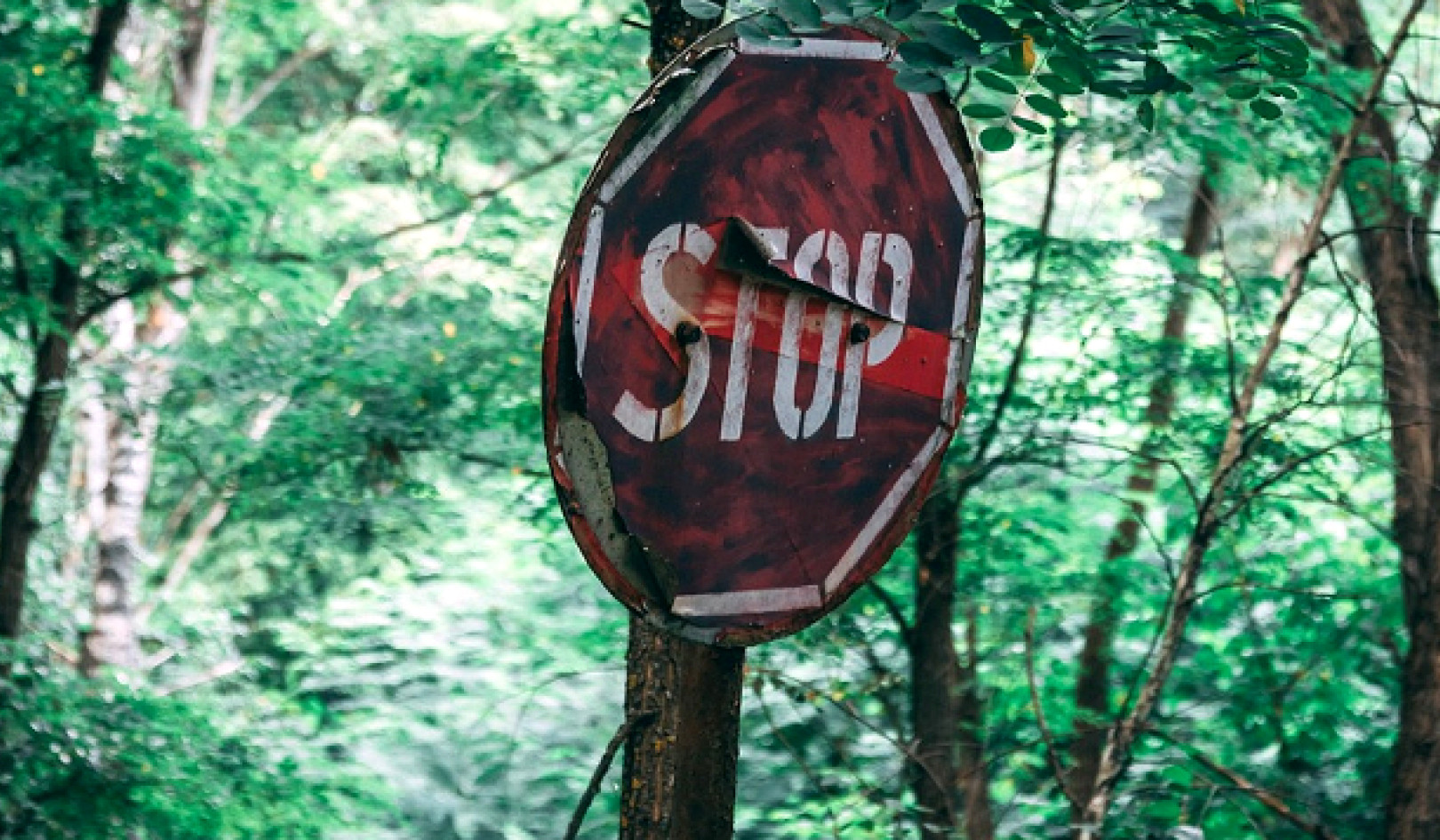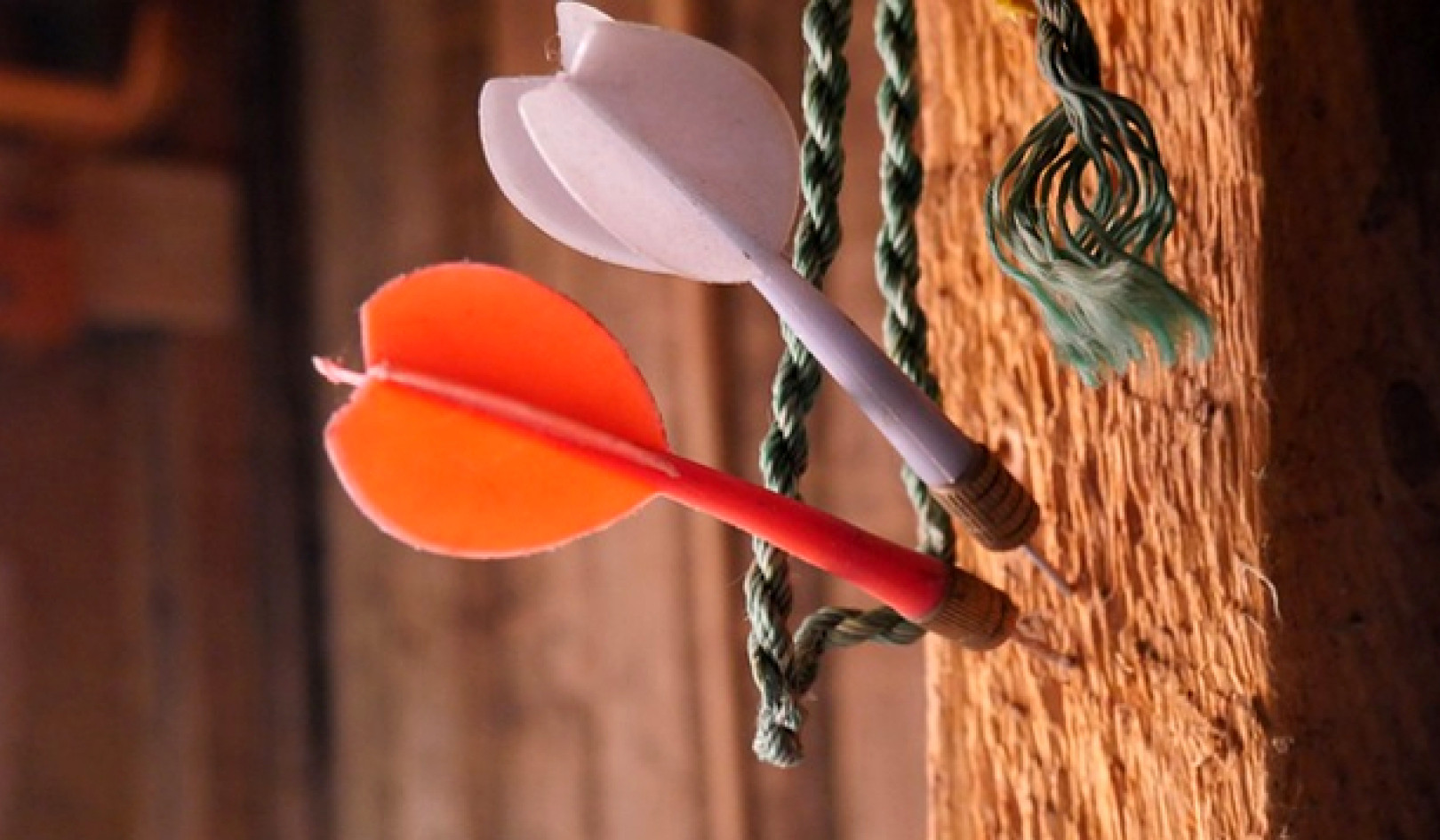
Whenever this author hears a police officer on a television show yell out, “Identify yourself, please!” she has to laugh. Should the person respond with “I’m a single woman in her 40s who owns six cats and brews my own beer in my spare time”? Or perhaps, “I’m a Leo, and I love to jet ski and eat junk food”?
Being asked by someone what we believe our “identity” is can be difficult. One of the best ways to look for hidden beliefs is to have someone ask you the question, “Who do you think you are?” Watch how you answer. Then ask that person how they perceive you; who they think you are based upon how well they know you.
Is your answer a realistic portrayal of who you are, or is it based on the masks you put on for the public? Are you consciously aware of those masks? It helps to ask both a friend and yourself because often the answers will be quite different. But will they be the truth? Chances are, no, because we often hide behind our own masks and are so out of touch with our authenticity that we perceive them as the “real” person.
Who Are You?
Asking who we are is almost as hard, maybe even harder, than asking what we want (a question few people can actually answer without requiring deep thought). It requires really digging deep to the core of our identity and speaking from that place. Sometimes, life has caused us to be so removed from this core that we need a little help getting back there.
Identity is a tricky thing, though, because we often don’t even know all the levels of our own being. So, when asked, we identify ourselves with general statements that are usually about how we look, how old we are, what gender we are, where we came from, what we do for a living, and whether or not we have a family or spouse. Our true and authentic identities elude us if we always stay focused on the surface aspects we call our lives.
Writing Your Own Biography
A great exercise to uncover our true identities is to write our own biographies. No, not a whole book, unless we feel called to do that, but a two to three page bio that lists all the things we associate with our “self” as if we were going to send it to a prospective employer. Try to be as detailed as possible, listing traits and skills, things we like and things we’ve accomplished, what has happened to us that framed who we are, and where we have lived, studied, and with whom.
Once we have written our bios, we can then look over them and see what stands out the most. First of all, was it hard to write about ourselves? Why? Shouldn’t writing about the self be the easiest thing to write about? Yet most of us know so little about who we are and what we want, we can barely fill a page!
What are we proud of? Did we include things we are ashamed of? Why not, if they were instrumental in shaping us into who we are today? The things we didn’t include in our bios are more important than what we did, because they indicate areas of our lives we deny, suppress, or just plain want to forget about. Yet those are the areas we most need to address and pay attention to.
Did we describe ourselves in ways that ring true, or in ways we want the public to see us as? Often, there is a huge gap between the two. Do we feel bad doing this exercise because we feel like we haven’t done much with our lives and our bios are short and boring? That alone is hugely telling.
What's Most Important About You?
Our bios are only a few pages long, but they indicate what we think and believe is the most important information about us, especially when we write it as if we will be showing it to someone. Maybe that is not a bad idea: to show our bio to someone very close to us and ask that person if it mirrors in their eyes who we project ourselves to be?
But the truth is narrowing our life story down to a few pages drives home what we think is most important to our identities. That may be so far from the truth of who we really are, though, and thus open our eyes to just how little we know about ourselves.
Now that we have done the bios, we can also write a second bio that is all about who we think we are as others see us. This one will be shorter and often quite different from the one we write from our own perspectives. Notice any differences between the two. Once we work with our stories and our archetypes, we hope to throw out both of these bios in favor of one that truly indicates who we are—our authentic selves. That person will be the same to us as it is to others, because that’s what authenticity is.
Back Engineering
There are rumors that our government has back-engineered crashed UFOs to discover how they got here from there. Okay, those are rumors, but the idea of back-engineering something to learn about how it works and what makes it tick can work wonders when assembling the story of a life.
We start with where we are today and list the parts of us that we want to change or work on because they don’t seem to be working at full capacity. Or maybe they work, but not in our favor! By going backward and looking at the things that have led us to who we don’t want to be, we can become enlightened to patterns, challenges, and obstacles where we were derailed from our authentic self.
Let’s take Mary. She is in her late 50s, divorced, and the mother of two children now in college. She is attractive, smart, and has a career as a manager for a large private corporation’s R&D division. She owns her own home and has money in the bank. But she is lonely and cannot seem to meet anyone. She easily gets used by others, especially of the opposite sex, and finds it almost impossible to say no even to her own children, who often make demands upon her time and her money. And she hates her abusive boss, who takes credit for her work and invades her privacy at the workplace.
Mary knows she isn’t fully living the life she envisions, or being the real “Mary” she knows exists down deep inside. But for the life of her, she can’t seem to change her awful luck with men and with imposing boundaries.
Discovering the Archetypal "Badge"
Mary can back-engineer the times of her life when she felt used, taken advantage of, and taken for granted to the source or origin of these labels she put upon herself. So, she may write about her children going to college on her dime and not getting jobs when they easily could have. Back a little further to her divorcing a man who was narcissistic, selfish, and made her live off of an allowance until she had enough and left the marriage. Back further to her dating patterns with men before her marriage, when she said “yes” just to please the men she was seeing and was often “loved and left.” Back even further all the way back to childhood and experiencing her own mother’s martyrdom to Mary’s belligerent, demanding, and selfish father. That is the point where Mary came to believe that being a “good woman” meant being a “martyr” and she wore that archetypal badge straight into a future of unhappiness and dissatisfaction.
Try back-engineering from the present day to the past to find that singular event or situation when you “became” something you weren’t. Then go back to the “you” at that time and forgive yourself for not knowing how to better interpret or respond. You did the best you could, truly. But then be sure to tell the “old you” that you are now taking over and a new archetype is being put into place that will empower you.
Say a loving and gentle goodbye to the “victim” and “martyr” and hello to the “superhero” and “warrior” within. It can make a powerful difference not just in your present, but in how you come to reinterpret the past as a series of events leading up to the new and improved you.
Feeding the New and Improved You
After we get this first huge step done (and yes, it is a lot of work), we can then go on to work with tools and techniques to dissect the parts of our stories that we never intended to tell in the first place. There is a famous Native American parable about a grandfather who is talking with his grandson, who says “I feel as though I have two wolves at war in my heart. One wolf is angry and vengeful; the other wolf is loving and compassionate. How do I know which wolf will win?” The grandfather says, “The one you feed is the one that will win.”
Aha! So what we give our attention to is what grows bigger. What we continue to complain about, hate, resent, resist, deny, and suppress makes those very things grow because we are giving them our focus, whether consciously or subconsciously.
It sounds easy to understand, but in order to stop feeding the wrong wolves, we need to first call them by name and then round them up out of the shadowy depths of their hiding places in the collective unconscious and decide whether or not we should cast them out of our own fairy tales.
©2017 by Marie D. Jones. All rights reserved.
Reprinted with permission of the publisher, New Page Books,
a division of The Career Press, Inc. www.newpagebooks.com
Article Source
The Power of Archetypes: How to Use Universal Symbols to Understand Your Behavior and Reprogram Your Subconscious
by Marie D. Jones
 Deep within your mind is a realm filled with powerful symbols that drive your thoughts, behaviors, and actions?often without your knowledge. This is the hidden world of “archetypes”: universal symbols responsible for who you are, how the world sees you, and what you believe about yourself and your life’s purpose.The Power of Archetypes will help you identify, understand, and work with the archetypes that exist beyond your conscious awareness to create your reality “behind the scenes.”
Deep within your mind is a realm filled with powerful symbols that drive your thoughts, behaviors, and actions?often without your knowledge. This is the hidden world of “archetypes”: universal symbols responsible for who you are, how the world sees you, and what you believe about yourself and your life’s purpose.The Power of Archetypes will help you identify, understand, and work with the archetypes that exist beyond your conscious awareness to create your reality “behind the scenes.”
Click here for more info and/or to order this book.
About the Author
Marie D. Jones is a best-selling author of nonfiction books exploring the paranormal, spiritual, scientific, and metaphysical realms, including 11:11 The Time Prompt Phenomenon and Mind Wars. She is also a novelist, screenwriter, and producer with several projects in development. She has appeared on radio shows across the globe, including Coast to Coast AM, NPR, and the Shirley MacLaine Show; has lectured widely at paranormal and metaphysical events; and has appeared on television’s Ancient Aliens and Nostradamus Effect series. She writes regularly for a number of paranormal/metaphysical blogs and magazines, Visit her website at www.MarieDJones.com
Books by this Author
at InnerSelf Market and Amazon


























